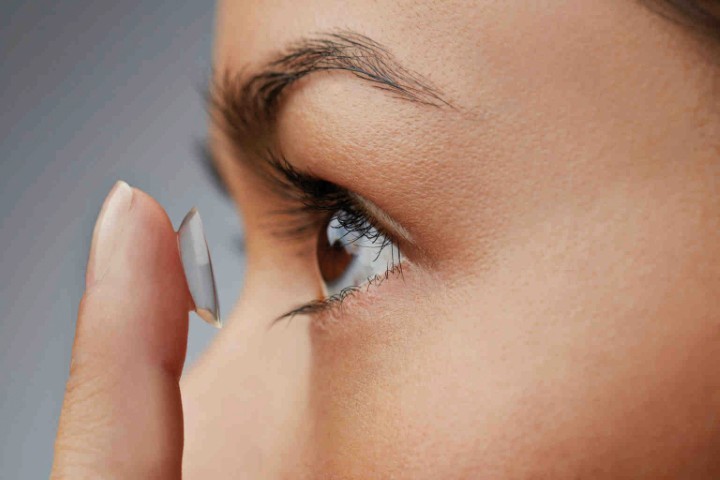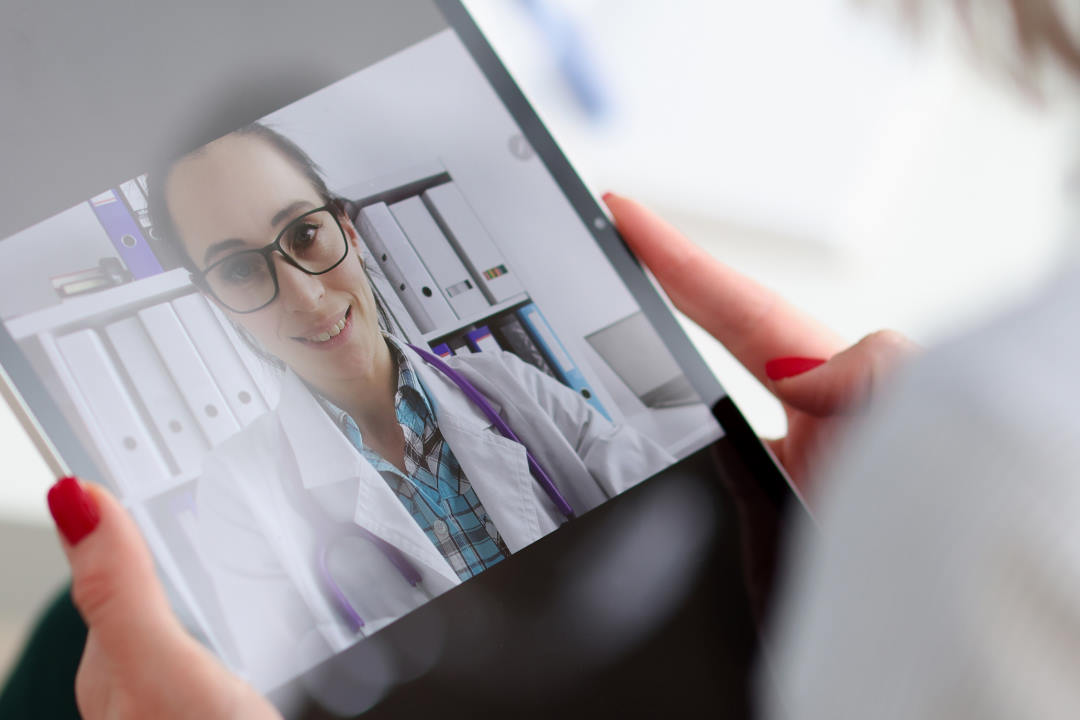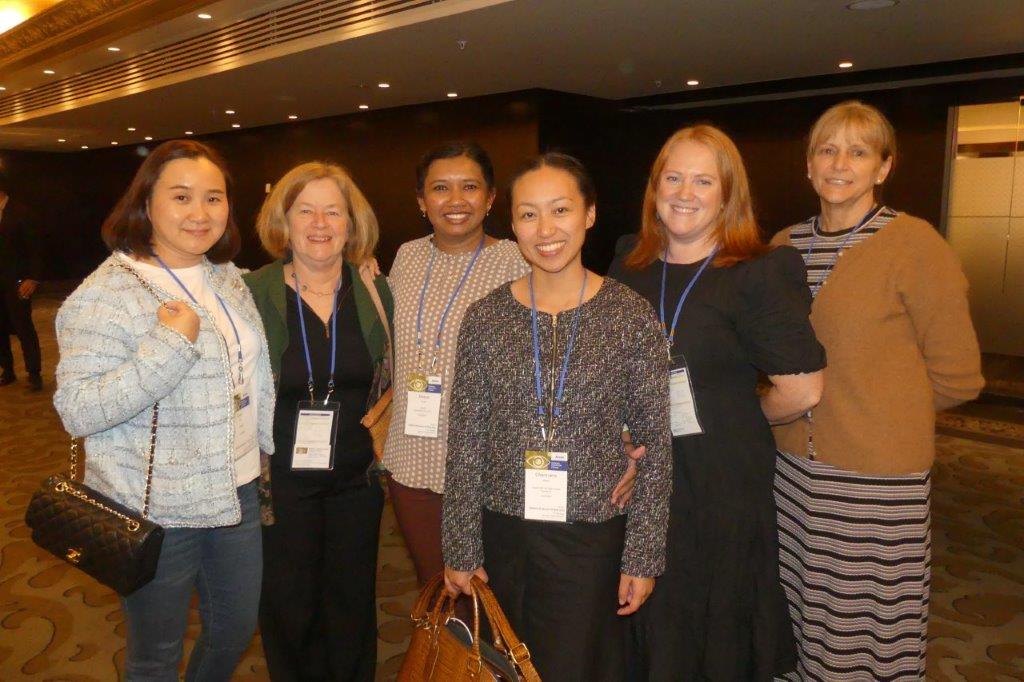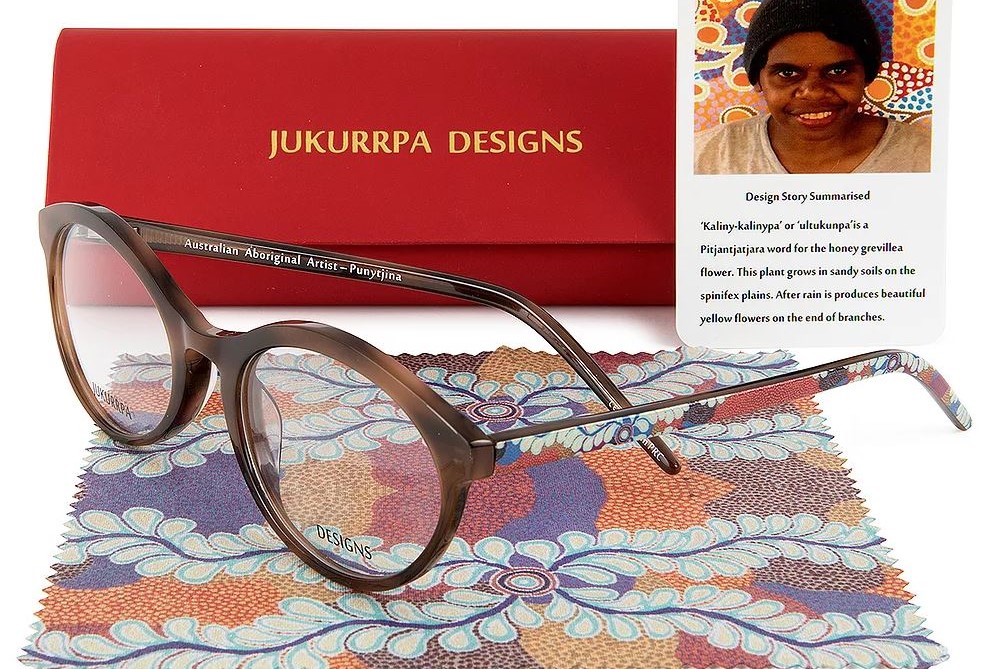BOOK REVIEW: Ocular Telehealth: a practical guide
This is the first edition of Ocular Telehealth: A Practical Guide, which is not at all surprising given the recent changes in practical medical delivery the Covid pandemic has required.
Overall, I was impressed at how comprehensive this text was, since I believed telehealth in relation to ophthalmology was relatively new. The book, edited by April Maa, is well set out and gives a good account of the historical use of teleophthalmology, the practical current uses for screening and diagnosis and a comprehensive account of how to navigate setup requirements and ethical and legal issues within communities and practices.
The book can be commended for giving the reader an understanding of why telehealth in ophthalmology is important. It also helps prove to sceptics that technology does now exist to accurately screen and diagnose eye conditions – it’s an exciting area and the technology is only going to get better! The illustrations of slit lamps that can be attached to smartphones were interesting and help the reader envisage how simple remote consultations could be. This, alongside future advancements such as ‘slit lamp drones’ and artificial intelligence, give the reader confidence that eyecare delivery is moving into a whole new environment not seen by our predecessors.
This book also presents a snapshot of how telehealth is changing ophthalmology. There are many preventable causes of eye conditions globally and we all see the effects of eyecare being inaccessible or unaffordable for a lot of people who would otherwise enjoy good ocular health and sight. Screening and diagnosis of cataract, diabetic retinopathy, macular degeneration and glaucoma have previously relied heavily on tertiary hospital systems. Yet now, through teleophthalmology and the devices described in this book, we can see how easily patients can be connected to their eye specialist from across the globe, if required.
One limitation, as with any book on a subject such as this, is it won’t be able to keep up with the ever-changing advancements in the field. There will be massive growth in this area, especially as teleophthalmology becomes more accessible and accepted by specialists, community optometrists and general practitioners. The studies described show the overall acceptance of teleophthalmology as a way of delivering eyecare, so it is limited only by the infrastructure currently in place. Once this changes, I believe we will see teleophthalmology used everywhere and a new ecosystem created, as this book suggests.
The authors acknowledge teleophthalmology will always have some negatives in terms of missing the human-to-human interaction. But examples of preoperative patients being assessed virtually before the day of surgery proved to mitigate those negatives, since fewer hospital visits equated to improved quality of life.
I recommend reading this as a practical guide to teleophthalmology and one that will need to be continually updated as the field grows.
Dr Ben O’Keeffe is the director and co-founder of oDocs Eye Care, a New Zealand-based company looking to end preventable causes of blindness through innovative teleophthalmology products and technologies. He’s also a locum ophthalmology registrar at the Wellington Public Eye Clinic.
























